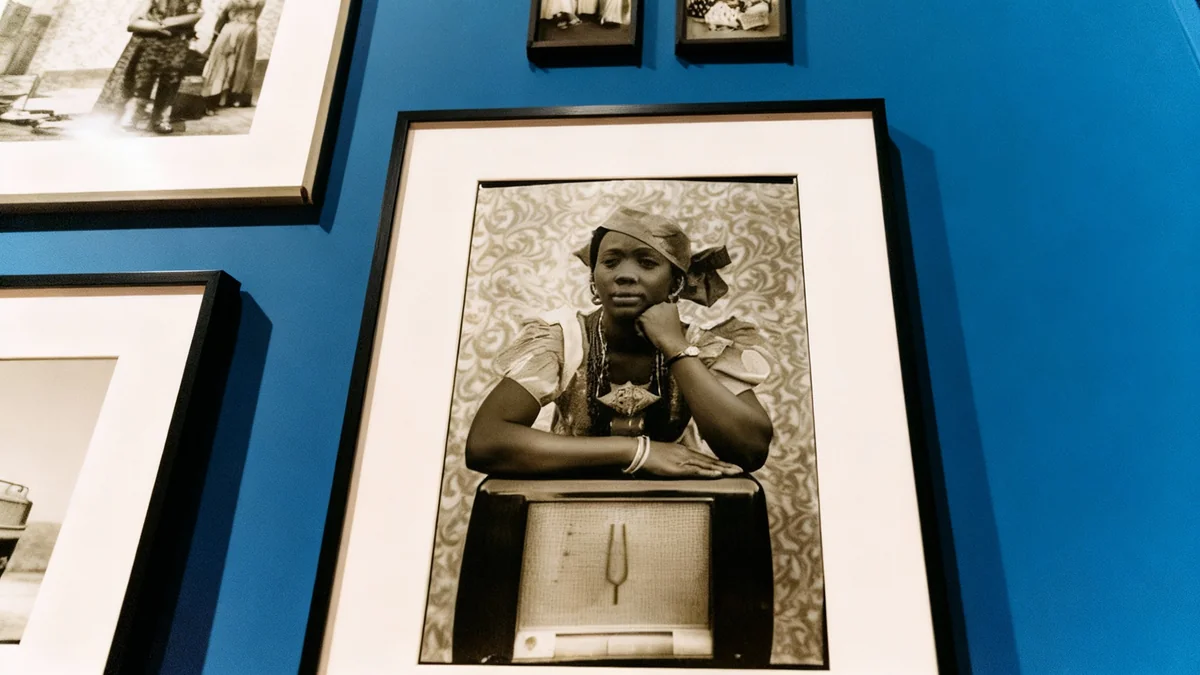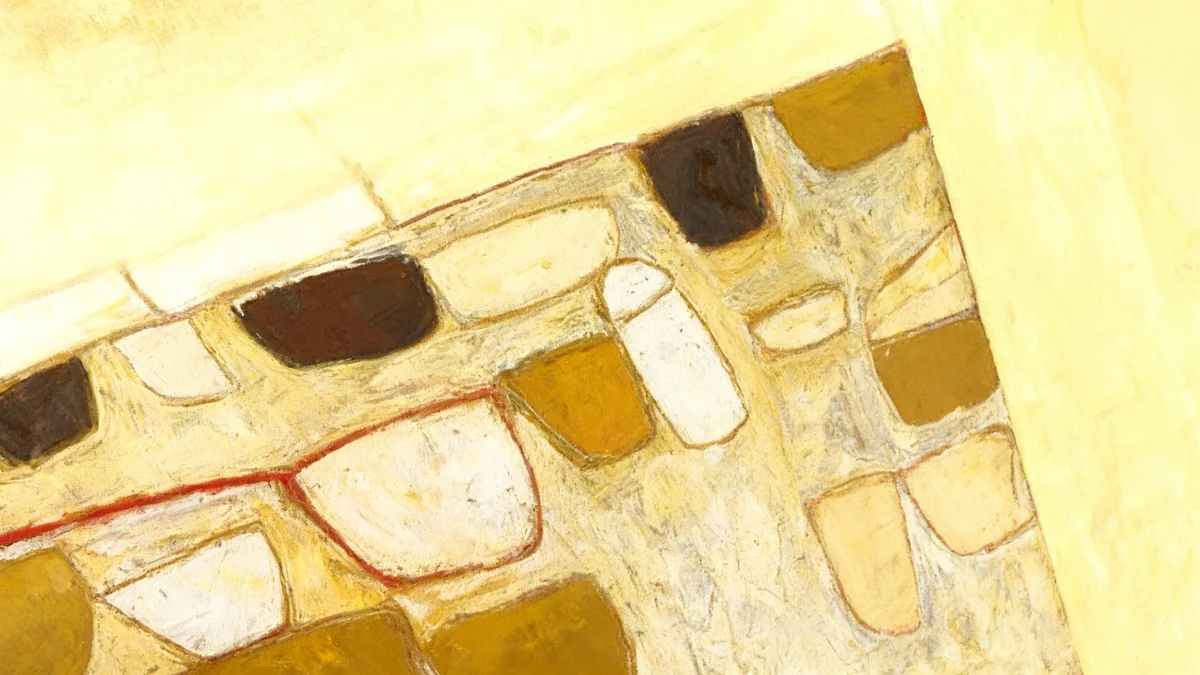The Brooklyn Museum is currently hosting a major exhibition titled “Seydou Keïta: A Tactile Lens.” This retrospective showcases the iconic portraits of Seydou Keïta, a self-taught Malian photographer whose work captured the evolving identity of his countrymen in Bamako during the mid-20th century. The exhibit offers a deep look into Keïta’s artistic methods and the societal shifts in French Sudan, now Mali, as it moved towards independence.
Key Takeaways
- Seydou Keïta’s work is featured in a major exhibition at the Brooklyn Museum.
- His portraits document Bamako citizens in the 1950s, highlighting a period of transition.
- Keïta used specific posing, lighting, and props to create aspirational images.
- The exhibition includes nearly 300 photographs, textiles, and artifacts.
- Keïta's international recognition began in the 1990s, years after his studio closed.
Early Life and Photography Career in Bamako
Seydou Keïta began his journey in photography after receiving a box camera from his uncle around age 12. Initially, he worked alongside his carpenter father in Bamako, Mali. However, he soon developed a passion for capturing images, teaching himself the craft. An expatriate Frenchman’s son, who processed film for many West African photographers, encouraged Keïta. He later apprenticed with Mountaga Dembélé, considered the first Malian photographer, eventually taking over his studio.
In 1948, Keïta officially opened his own photography studio in Bamako, the capital of what was then French Sudan. His background in carpentry may have influenced his photographic style, as he continued to construct visually pleasing compositions. He aimed to satisfy his clients, many of whom sought to present themselves in a modern and dignified light.
“What really made a difference was that I always knew how to find the right position, and I was never wrong,” Keïta stated in a published interview decades later. “I was capable of making someone look really good.”
This confidence in his ability translated into a highly successful studio practice. By the early 1950s, customers would queue outside his compound all day. They traveled from various regions, including Benin, Mauritania, and Ivory Coast, to have their portraits taken by Keïta.
Interesting Fact
Seydou Keïta supported a large family, including four wives and 21 children, in addition to over 100 extended family members. His photography studio provided a good living for many years.
Crafting Identity Through Portraits
Keïta’s portraits were more than just photographs; they were statements of identity and aspiration. He carefully managed every aspect of the sitting. This included determining the best angle and lighting for each individual. He also provided a range of props to enhance his subjects' image.
These props included automobiles, radios, fountain pens, and European suits and ties. These items symbolized modernity and success during a period of significant social change. Most of his sitters came from the African elite, but his reputation attracted people from all social classes.
A distinctive feature of Keïta’s work was his use of patterned handwoven textiles as backdrops. These vibrant fabrics offered a striking contrast to the black-and-white photographs. This artistic choice has since inspired many contemporary artists, such as Mickalene Thomas and Kehinde Wiley. The exhibition at the Brooklyn Museum reflects this, with textiles adorning the walls and hanging from the ceiling, creating an immersive experience.
Historical Context
Mali gained independence from France in 1960. Keïta’s studio operated for 25 years during a crucial period of transition. His photographs captured individuals navigating the shift from colonial rule to self-governance, embodying a blend of traditional culture and emerging modern aspirations.
Symbolism in Adornment and Props
The exhibition highlights the significance of materials in Keïta's work. Many female subjects in his portraits are adorned with intricate gold jewelry, reflecting Mali's rich tradition of gold production. The exhibition catalog further explores these material aspects, providing deeper insights into the cultural context of his photographs.
The Brooklyn Museum exhibit culminates in a room dedicated to vividly patterned textiles, finely crafted gold ornaments, and mannequins dressed in traditional attire. These elements underscore the cultural richness that Keïta incorporated into his studio practice.
For Keïta’s clients, a portrait was a significant status symbol. It was comparable to owning a wristwatch or a sewing machine. Photographs were also used to communicate with distant relatives, exchange with friends, or even aid in the search for a marital partner. These uses demonstrate the social and personal value placed on his work.
Closure of Studio and Later Rediscovery
Keïta’s successful studio practice ended in 1963 when he was called into government service. He worked as an official photographer until his retirement in 1977. Upon his return, he found his studio had been ransacked. This loss deeply affected him.
“I was completely wiped out, and I couldn’t take pictures anymore,” he recounted. He subsequently worked as an auto mechanic.
Despite closing his studio, Keïta's work found a new life decades later. In 1991, several of his photographs, initially attributed to an “unknown photographer,” were included in a group exhibition of African artists in New York. This show, organized by the Center for African Art and the New Museum of Contemporary Art, sparked interest among critics and collectors.
- 1991: Photographs included in a New York group show, attributed to an "unknown photographer."
- Early 1990s: Collector Jean Pigozzi and curator André Magnin travel to Mali.
- 1990s: Keïta is identified, and many of his negatives are acquired.
- 1997: First solo show at Gagosian Gallery and a monograph establish his reputation.
Jean Pigozzi, heir to the Simca automobile fortune, became a key figure in Keïta’s rediscovery. He sent his curator, André Magnin, to Mali, where Keïta was identified. Magnin acquired many of Keïta’s negatives. Pigozzi later lent 110 prints to the current Brooklyn Museum exhibition, underscoring the importance of this collection.
The Global Art Market and Legacy
Keïta’s entry into the global art market transformed how his work was perceived. Large, often nearly life-size prints were made from his negatives in the 1990s. These prints allowed for a new appreciation of his artistry.
“You can’t imagine what it was like for me the first time I saw prints of my negatives printed large-scale, no spots, clean and perfect,” Keïta told photography curator Michelle Lamunière in 2000. “I knew then that my work was really, really good. The people in my photos looked so alive, almost as if they were standing right in front of me, in the flesh.”
The exhibition, organized by guest curator Catherine E. McKinley, features almost 300 photographs. McKinley visited Bamako to interview Keïta’s relatives and neighbors, securing loans of previously unpublished negatives and personal possessions, including his cameras. The exhibit offers an intimate glimpse into the lives of Bamako residents, who blended their African heritage with influences from France, often seen through magazines and hearsay.
Keïta’s subjects, mostly youthful, often appear at a pivotal moment, uncertain of their future identities. Examples include a man in a white suit with a fountain pen and a plastic flower, and a young woman in a white dress gazing into the distance. These portraits capture the essence of a society in transition, reflecting both cultural history and aspirations for a new future.
The Brooklyn Museum exhibition, “Seydou Keïta: A Tactile Lens,” runs through March 8. It provides a unique opportunity for visitors to understand the profound impact of Keïta’s work and the stories embedded within his compelling portraits.




